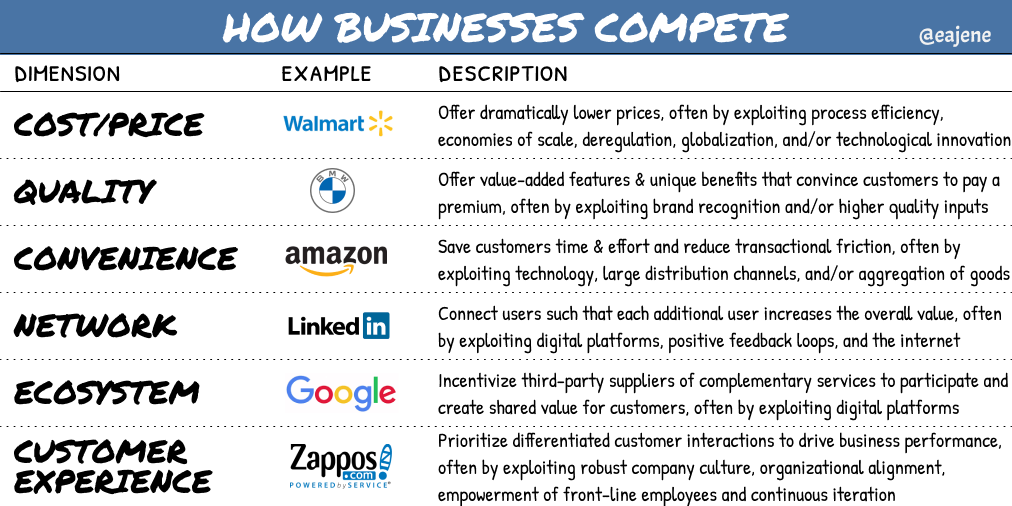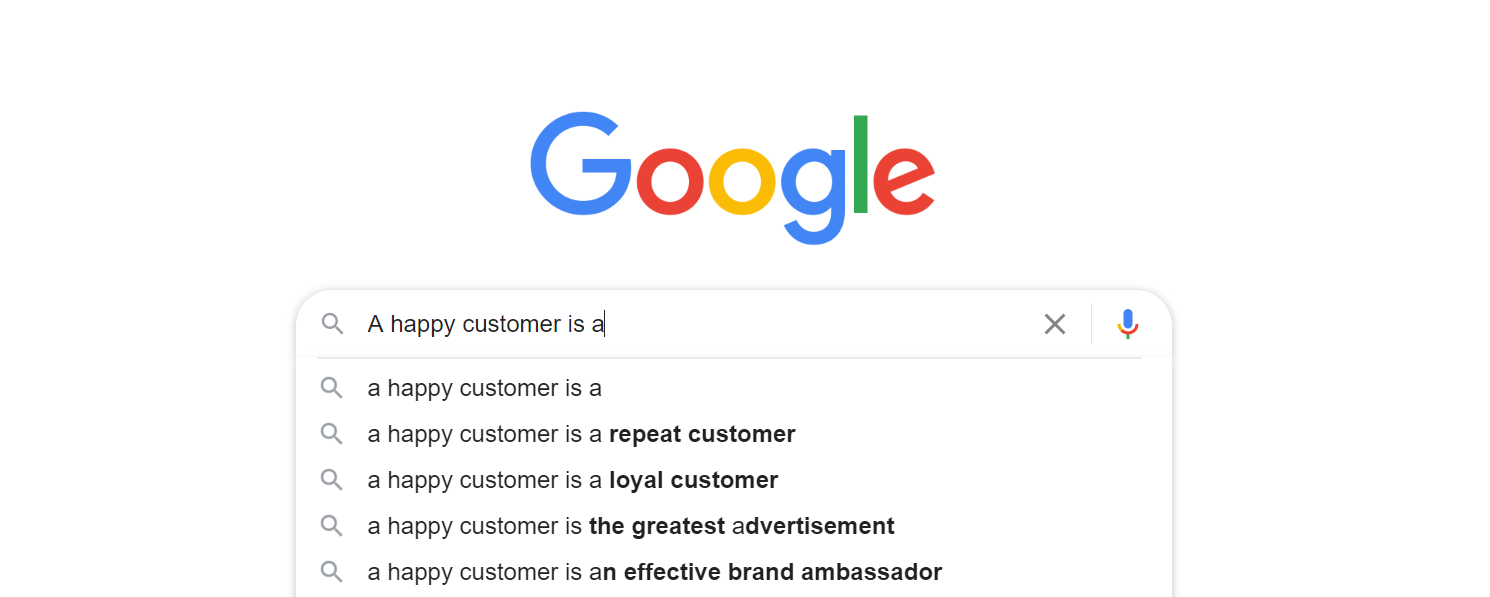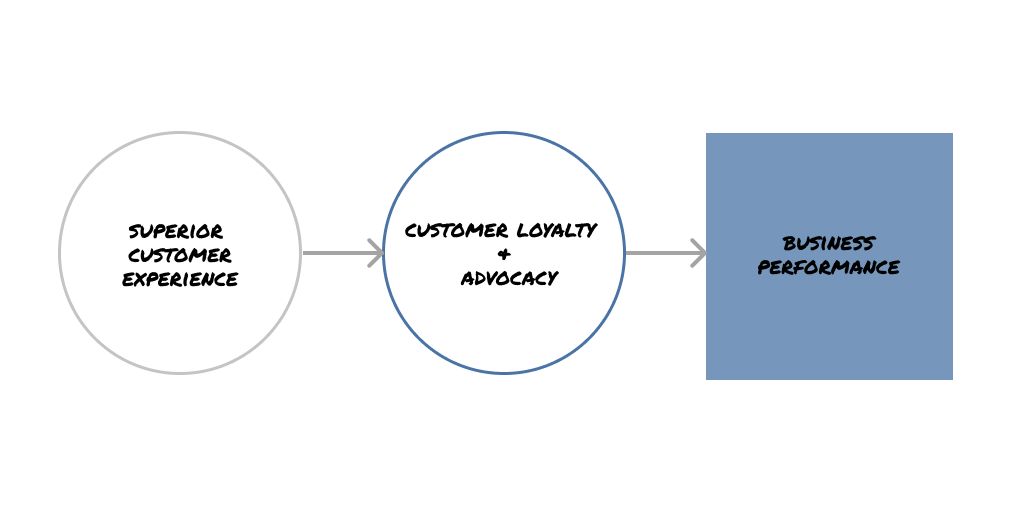One core component of business strategy is the choice of how to compete.

The choice of how to compete is linked to a company’s capabilities and competences and the context in which it operates. One of the more common axes of competition is on cost. Companies like Walmart compete by offering low prices that are difficult for rivals to match.
Alternatively, some companies compete based on quality. As opposed to Walmart, consider Whole Foods, the Amazon subsidiary known for supplying high quality organic products. Due to its stringent standards, Whole Foods developed a strong brand identity that enabled it to charge a premium as one of the best sources for healthy food. Or consider BMW which convinces customers to pay a premium by occupying the position of ‘the ultimate driving machine’ in the marketplace.
Still, other companies compete on convenience. Amazon largely does so, for one, and some even posit that the online retailer’s “core product is convenience.”
And there are new dimensions of competition that didn’t exist at scale before the advent of the internet. For example, the value to users of companies like LinkedIn and Facebook increases with the total number of users, which is to say they compete based on their networks. And companies like Apple and Google compete based on their ecosystems. They and other ecosystem companies incentivize third-party suppliers to actively engage with their platforms (e.g., Apple Store and Play Store), thereby increasing utility for their customers.
There is, however, another unheralded sphere of competition: customer experience. Companies competing along this axis prioritize customer service excellence as a tool to drive business performance. The emblematic company here is Zappos and (now late) CEO Tony Hsieh explained:
Our philosophy has been that most of the money we might ordinarily have spent on advertising should be invested in customer service, so that our customers will do the marketing for us through word of mouth….
[Our] drive to achieve world-class customer service…has led us to run our business in a way that sets us apart from many of our competitors.The opportunity for customer experience leadership across Africa
World-class customer experience is relatively rare across Africa. Some of this is due to specific service failures of businesses themselves, but a not insignificant portion is due to infrastructural & other challenges. (For example, the World Bank’s most recent estimate is that 16% of annual sales in Nigeria were lost due to power outages.)
Whatever the cause, consumer expectations in the region tend to be quite low as a result, and, consequently, customers have become adept at finding workarounds. For example, in Lagos, Lomé, and Lusaka, and elsewhere across broad swathes of the continent, it’s hardly uncommon to find someone with 2 or 3 mobile SIM cards — a rational response to the reality of unreliable network coverage.
Against this backdrop, there’s a significant opportunity for bold firms operating in the region to stand out by competing primarily along the customer experience dimension. Precisely because the general customer service baseline is low in the region, businesses that choose to compete based on customer experience differentiation and leadership can enjoy outsized returns if they succeed.
The benefits of customer loyalty & customer experience leadership

It’s intuitive that customer satisfaction has a positive impact on business performance. Happy customers return to make repeat purchases. They’re less likely to be swayed by discounts and special offers from competing brands. And the happiest customers become brand ambassadors and brand evangelists, authentically and credibly spreading the gospel about a company’s products & services at the most opportune moments.
Ultimately, businesses that offer superior customer experience benefit from happier, more loyal customers that advocate on their behalf. In turn, this leads to increased revenue, higher switching costs, less churn, higher retention, less required marketing spend, lower acquisition and operating costs, increased profits, and higher customer lifetime values.

In the pioneering Harvard Business Review article, ‘Zero Defections: Quality Comes to Services,’ that brought customer loyalty and retention considerations to the forefront, Frederick Reichheld (inventor of the now widely used net promoter score) quantified this effect. He demonstrated that increasing customer retention rates by just 5% increased profits by 25% to 95%. He wrote in September 1990:
Customer defections have a surprisingly powerful impact on the bottom line. They can have more to do with a service company’s profits than scale, market share, unit costs, and many other factors usually associated with competitive advantage. As a customer’s relationship with the company lengthens, profits rise. And not just a little. Companies can boost profits by almost 100% by retaining just 5% more of their customers….
Continuous improvement in service quality is not a cost but an investment in a customer who generates more profit than the margin on a one-time sale. Executives can therefore justify giving priority to investments in service quality versus things like cost reduction, for which the objectives have been more tangible.
More recently in May 2020, Gavin Baker, Chief Investment Officer of Atreides Management & former manager of the ~$14 billion Fidelity OTC Portfolio, elegantly expounded in a Medium blog post on the importance of customer loyalty from his perspective as an investor in high-growth technology and consumer companies:
Scale and loyalty are generally the most important metrics to me as an investor as they are the most sustainable — and measurable — competitive advantages. They are much more important online than offline, which is why the internet economy has such pronounced ‘winner take most’ dynamics relative to the offline economy….
A loyal customer base lets an internet company avoid paying ‘rent’ to Google and Facebook. Essentially it is almost impossible to be a large internet company if you don’t have a loyal customer base.
Emotion: the mechanism through which customer loyalty is created
Given the demonstrated impact of customer loyalty on firms’ performance, it’s worthwhile to explore more deeply the specific drivers of customer loyalty and the link to customer satisfaction.
A good starting point is this tweet from Nigerian serial entrepreneur Sim Shagaya:
Little secret: your most loyal customers are not those for whom nothing has ever gone wrong. They are the ones for whom things go badly and you go above and beyond to correct the wrong. Note it’s not just about saying sorry…it’s about fixing the problem in a systemic way.
— Sim Shagaya (@SimShagaya) May 8, 2020
Essentially, Shagaya highlights two classes of satisfied customers: those who have endured an ordeal of sorts and were successfully satiated afterward, and those who have only had satisfactory experiences. He notes that customers who have been successfully appeased after a service failure end up becoming more loyal. In an environment where service failures are exceedingly common, it’s an especially important insight. But how does it work?
Research from Gallup, an American market research & advisory company, confirms this insight empirically and sheds some light. In ‘The Next Discipline: Applying Behavioral Economics to Drive Growth and Profitability’ (PDF), researchers John H. Fleming and James K. Harter find that “customer satisfaction…by itself…is a relatively poor predictor of future customer behavior.” Rather, they suggest that satisfied customers fall into two distinct groups: the ‘emotionally satisfied’ and the ‘rationally satisfied,’ with the level of emotional engagement being a strong predictor of customer loyalty.
Going back to Shagaya’s tweet, customers ‘for whom nothing has ever gone wrong’ are rationally satisfied. Their basic service needs are being met and it’s reasonable or logical for them to continue transacting with the company. On the other hand, those who have experienced a service failure that is corrected satisfactorily are emotionally satisfied. These customers have become irrationally attached to a business, seeing as their connection is now driven primarily by emotion rather than logic.
In effect, successful service recovery creates a strong emotional bond between the customer and the business. Accordingly, businesses that seek to create loyal customer bases should first strive to create emotionally engaged customers.
How service recovery drives emotional engagement
One useful framework to explore the impact of service recovery comes from Harvard Business School professor Stefan Thomke. Thomke uses a map that visualizes customers’ journey through time on the x-axis and customers’ emotional state (from delight to disappointment) on the Y-axis.
It’s a helpful conceptual format to visualize customers’ emotional transitions and the role of service recovery in creating emotionally memorable experiences.

To summarize the visual above, when a satisfied customer experiences a service failure, her emotional state moves from delight to disappointment and remains there until there is an intervention by the company. This process of intervention or ‘service recovery’ has the potential (represented by the blue triangle) to change the customer’s mind-state and create emotional attachment to the company.
Key service recovery elements include:
- Speed or time-to-resolution
- Proactive vs. reactive resolution
- Required customer effort
- Competence/abilities of first responders
For a more concrete example, consider a user in Lomé, Togo, for example, that has an international flight in the late afternoon. In the morning, she orders a taxi via a ride-hailing app and takes a trip, but forgets her passport in the car. When she realizes her loss, she scrambles to contact the ride-hailing company and is, in effect, in a state of emotional panic. Although, arguably, this is not a true service failure on the part of the company, the customer nonetheless begins an emotional descent from delight to disappointment.
Imagine however that the company responds quickly, identifies & contacts the driver involved, and the driver then promptly finds and returns the item to her at no additional cost, with ample time for her to catch her flight. Her emotional state then quickly rebounds, surpassing its previous level and she is left in a state of complete delight. Here, the company’s service recovery has created an emotionally memorable experience for her and she is likely to become a brand evangelist, singing the company’s praises for all who would hear. This is represented in the visual below.

On the other end of the spectrum, one can also imagine, for example, a large e-commerce company in Lagos, Nigeria. The customer pays for an item online but, in what is to be the original service failure, the customer receives the wrong item and thus begins the emotional descent from delight to disappointment. He contacts the e-commerce platform who suggests that the item will be picked up shortly, but there are an additional series of intermediate service failures and the customer descends further into disappointment. This process continues with various multiple touches until the item is finally picked up and the customer finally receives his refund. While the customer’s emotional state improves somewhat due to this resolution, having lost time & energy, his previous affinity for the company is greatly reduced, and he is now at risk of churning or worse, becoming an active detractor of the company. This is represented in the visual below.

With the help of these emotion-focused customer journey maps, one can more easily conceptualize and appreciate how service recovery creates emotionally memorable experiences that, in turn, create engaged and loyal customers.
Magic moments matter
When formulating a business strategy that includes, implicitly or explicitly, the choice of how to compete, it behooves companies to thoughtfully consider their inherent internal and external advantages. For businesses operating in African markets, one such advantage is the opportunity presented by the customer experience landscape. Unlike in some other parts of the world, customers in Africa are generally underserved in myriad ways and there remain prodigious opportunities for companies to occupy customer experience leadership positions in the marketplace.
Companies in Africa that pursue a strategy of customer experience leadership and execute it successfully can enjoy significant returns. Indeed, with customers in the region generally accustomed to poor service levels, there is a strong likelihood that companies that consistently strive to provide excellent customer experience will be richly rewarded, even if they stumble along the way.
Forward-thinking companies should recognize the fact that errors and mistakes are critical parts of doing business and embrace the opportunities they create for magic moments. Specifically, service recovery, which is the process in which a business intervenes after service failures, can lead to emotionally memorable experiences and highly engaged customers. Done well, it creates customers that have strong emotional attachments to businesses, and this is the core essence of real customer loyalty of the sort that leads to improved operational and financial outcomes.
Companies that want to build robust service recovery capabilities should do the following: empower customer experience first-responders; be proactive in anticipating and independently correcting service failures; reduce customer friction relating to reporting & solving service failures; continually improve & update internal processes; and treat customers as business partners.
Because service failures are common in Africa and few companies focus systematically, if at all, on service recovery, companies that choose to do so stand to benefit tremendously. In Adagia, Dutch philosopher Desiderius Erasmus famously wrote, “In the land of the blind, the one-eyed man is king.” It stands to reason that, where most companies blindly pay nothing but lip service to the notion of serving customers, a king’s ransom awaits those who open both eyes and seize the opportunity to consistently create magical moments for customers.
Interested in going deeper? Africreate helps startups, corporates, and investors with strategic intelligence, market entry, and corporate innovation.

Share: